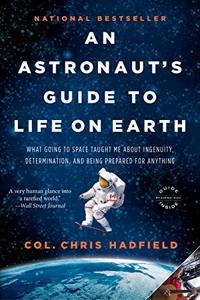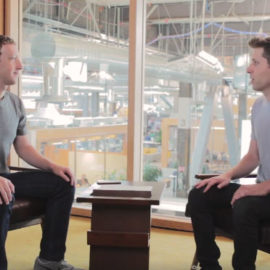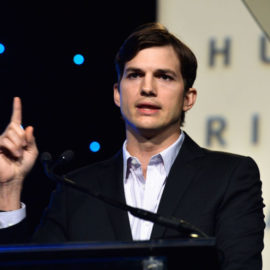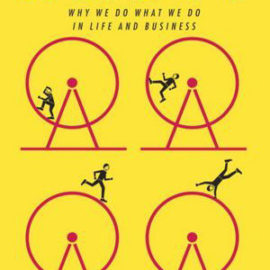
Want to learn the ideas in An Astronaut’s Guide to Life On Earth better than ever? Read the world’s #1 book summary of An Astronaut’s Guide to Life On Earth by Chris Hadfield here.
Read a brief 1-Page Summary or watch video summaries curated by our expert team. Note: this book guide is not affiliated with or endorsed by the publisher or author, and we always encourage you to purchase and read the full book.
Video Summaries of An Astronaut’s Guide to Life On Earth
We’ve scoured the Internet for the very best videos on An Astronaut’s Guide to Life On Earth, from high-quality videos summaries to interviews or commentary by Chris Hadfield.
1-Page Summary of An Astronaut’s Guide to Life On Earth
Overview
Chris Hadfield’s book, An Astronaut’s Guide to Life on Earth: What Going to Space Taught Me About Ingenuity, Determination, and Being Prepared for Anything (2013), tells the Canadian astronaut’s life story as well as offering practical advice based on his professional experience. The unusual way in which astronauts work is surprisingly applicable to everyday life.
Chris Hadfield was born in Canada and grew up on a farm. He watched Neil Armstrong walk on the moon when he was 9 years old, which made him want to be an astronaut. But there were no Canadian astronauts at that time, so he focused on his education and flying planes as a kid.
After high school, Hadfield enrolled in the Royal Military College. Canada’s space program did not exist at that time, but he knew that it was a way to get into NASA (National Aeronautics and Space Administration). In the United States, only military personnel could become astronauts. However, Canadians were not allowed to work for NASA at that time. He worked hard and hoped for the best.
Chris Hadfield had three children with his wife Helene. They were married in 1981. He was a fighter pilot and then became a test pilot for the Canadian Space Agency (CSA). The CSA formed in 1989, and he went through its grueling hiring process in 1992. It took four years of training before he finally flew into space on two missions: one in 1995 and another 2001.
Hadfield’s final mission was to the ISS, which lasted 146 days and began in 2012. He was the commander of this mission, making him a social media phenomenon. He answered questions on Reddit and filmed YouTube clips for his son who is also at NASA. Just a few days before he returned to Earth, Hadfield recorded a music video with his son that went viral almost immediately after its release. A few days later, he happily announced his retirement from space exploration.
Key Point 1: Knowledge, practice, and competence help prevent and combat fear and stress.
Astronauts face a great deal of risk and uncertainty. They must remain calm at all times, especially during an emergency or launch, when danger is most acute. Astronauts do not train to become fearless; rather, they learn how to effectively manage their fears by gaining important knowledge over time that helps them overcome their fears.
Many of the techniques that Chris Hadfield used to stay focused in stressful situations can be applied to everyday life. His techniques are applicable in a variety of situations, such as public speaking or sports competitions. For example, Michael Phelps’s mental preparation for his races was very similar to Hadfield’s training for space flight. Both trained extensively under instructors and both had high levels of confidence when they were faced with stress. However, they also valued superstitious customs; before a race, Phelps listened to specific music and performed specific warm-ups exercises while astronauts have rituals like signing their names on the door of their quarters and urinating on tires before launchings. These predictable familiar actions help make nerve wracking processes feel comfortable and familiar.
Hadfield and Phelps also used visualization techniques. Hadfield frequently rehearsed scenarios in his mind, including what to do if something went wrong. Similarly, coach Bob Bowman made sure that Phelps visualized himself winning races in minute detail. The coach also required him to practice under unusual conditions; for instance, he had to swim at night sometimes so he’d be prepared for anything that might happen during the Olympics. This extensive disaster preparation helped both of them remain calm when they encountered problems during their respective events—Hadfield was able to keep flying even though his equipment malfunctioned during a crucial part of his mission, and Phelps won gold despite swimming with defective goggles in the 2008 Summer Olympics (which set a world record). Astronauts use similar methods called “death simulators” as well; this helps them figure out how they’ll react if something goes wrong on their missions while they’re still on Earth so it doesn’t catch them by surprise when it happens up there.





